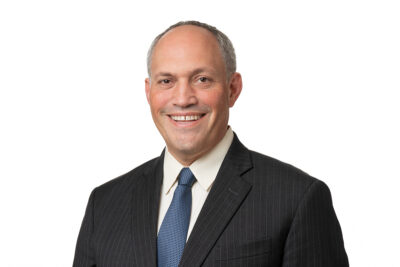BERLIN — On September 21 Armenians throughout the world celebrated 30 years of independence for the Republic of Armenia. In official venues, like the Armenian Embassy in Berlin, the event was commemorated in the presence of public figures from political life. It was an occasion to reflect on 1991 and to cast a glance to the future, enriched by the lessons learned in the intervening period. On that same day, a group of Armenians and Germans, scholars, writers, civil society activists and others, convened in a virtual Zoom meeting, to offer insights into events of the far more distant past, the genocide a century ago. But here too the intent was to reflect, learn and prepare for a better future. The occasion was the appearance of a recently released book that tells the story of the genocide in a bold, new form.
The title, Wurzeln in der Luft: Völkermord und Lebensspuren can be translated “Roots in the Air: Genocide and Traces of Life.” Roots normally live in the ground, and reach down ever more deeply to establish stability, but here are the roots of men and women, violently torn out of the earth by the trauma of genocide, floating dispersed in the diaspora for generations, yet preserving the indelible signs of life and the will to persevere.
Tessa Hofmann, renowned genocide scholar and author, organized the book presentation, sponsored by the Association Working Group Recognition – Against Genocide, for International Understanding (AGA). She was a founding member of AGA, which is a human rights group that has been campaigning for recognition of the Ottoman genocide against the Armenians and other Christian minorities. Her contribution to the book is an essay sketching the story of how she found the theme that was to engage her activities for decades.
To introduce the new anthology, published by Projekt Verlag in Bochum, Hofmann asked Heide Rieck, one of the two editors, how it came into being. Rieck is herself an author of 14 books and a leading literary figure in Bochum. In 2013, she related, she had attended a play that introduced her to the history of the genocide. Following the theatrical performance was a panel discussion that included descendants of survivors. She was so moved by one family’s story, she said, she “had to do something” to spread knowledge of these events. She sought Armenian contacts and found Azat Ordukhanyan, a Yerevan-born journalist now living in Bochum and president of the Armenian Academic Society. Together they organized a German-Armenian cultural program that sponsored some 40 cultural and political events for several years. The idea for a book presenting personal stories of the genocide grew from this collaboration, and the two co-edited the volume. As she explained, the concept evolved over time, as they expanded the scope to include not only Armenians but also Greek Orthodox and Assyrian-Aramaeans; they decided to look for contributions also from the side of the perpetrators, Germans and Turkish. As Ordukhanyan added, following the resolution on the genocide passed by the German Bundestag (Parliament) in 2016, which called for the topic to be included in school curriculum, there was a need for adequate textbooks. The aim was to educate youth on the history of the genocide and the loss of the homeland.
The authors they looked for fell into three categories: the children and grandchildren of survivors, qualified experts on the subject, like Tessa Hofmann and Roy Knocke of the Lepsiushaus, and descendants of wartime allies Germans and Turks. Rieck added that they hoped to stimulate debate in schools and universities, to educate pupils and students of various backgrounds in multi-ethnic Germany about their history. It is a task that demands courage on the part of educators, and is prerequisite to understanding among peoples and eventual reconciliation. Hofmann noted that it was not only the work of direct descendants on the Turkish side that was crucial, but also research published by scholars not represented in this book, like Dogan Akhanlı and Taner Akçam.
Robbed of Identity











